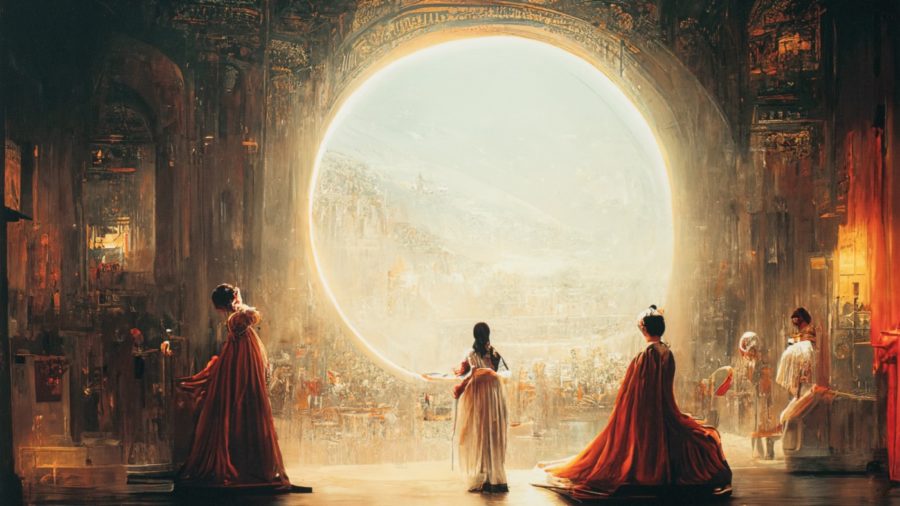Art-ificial
For thousands of years, art has been defined as a purely human thing. To create scenes that move, meanings without words, an expression of the self and an impression on the mind. But what happens when humanities’ pride in its creativity is under threat from its greatest competitor- artificial intelligence?
Artificial Intelligence (AI) has come a long way since its inception in the 1950s. Today, the human industrial workforce has been almost entirely replaced by self automated machines. They’ve outsmarted chess grandmasters and professionals of the Ancient Chinese game of Go. Some of the smartest and fastest supercomputers in the modern world, such as the Frontier supercomputer based in Tennessee, are capable of computing 1.6 quintillion calculations per second, far surpassing the capacity of the human brain. Machines exceeded humanities’ ability in the labor force, yet humanity still clings to its ability to create art, something valued beyond numbers or menial labor. But the machines, it seems, are catching up.
At the Colorado State Fair, a piece titled “Théâtre D’opéra Spatial” (Space Opera Theater) was entered by Jason Allen for the fine arts competition held at the fair. The artwork featured three women donning flowing red and white dresses in a stunning ornate hall. Praised by judges, the piece won the digitally manipulated arts category. While Allen had explained that the art had been created using Midjourney, an AI art program, it was never fully acknowledged until after the piece won the competition, beating human created art and leaving many artists unhappy. This event has opened the floor for discussion on whether AI generated art qualifies as true art, and the impact these rising AI art programs like Midjourney may have on the industry as a whole.
The story of AI generated art begins in 1973, when Harold Cohen, an American computer scientist, developed AARON, one of the first artificial art programs. The machine created simple, abstract works of art, effectively creating the first digital art and paving the way for the modern art programs of today. For example, DALL-E and DALL-E 2 are two programs that are capable of creating art by translating entered text into artwork, making what once required a firm understanding of programming incredibly accessible. Furthermore, there are humanoid robots that mimic physical art, such as Ai-Da, using camera eyes and robotic arms to paint and sculpt works of art. It may seem like a novelty now, but will that public perception change in the decades to come?
Currently, according to willrobotstakemyjob.com, the chance of automation for ‘fine artists’ sits only at 16% and is estimated to rise to 17% by 2030. So while the idea of artificial intelligence totally replacing human-made art is grim, it is unlikely that it will happen anytime soon.
While at the surface, both AI and human created works have value in their own right, it is the meaning and thought and time and effort beyond the canvas -the human element- that has and will continue to make art as revered and impactful 1000 years from now as it is today.



